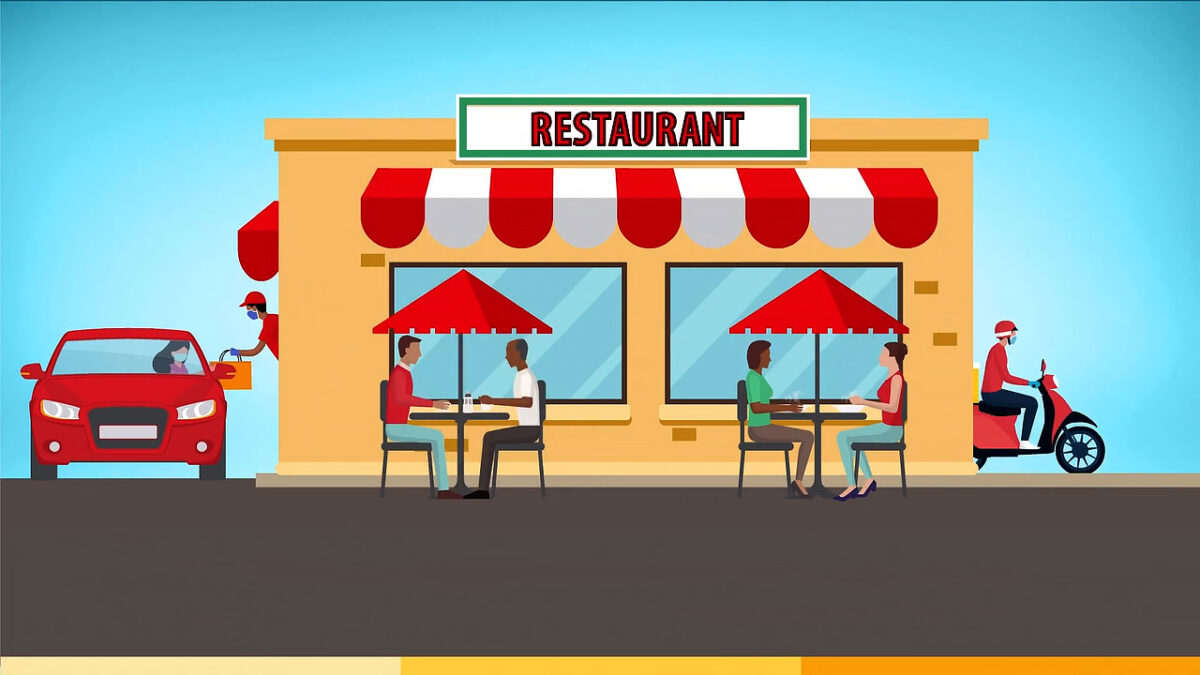How to Create a Fake Restaurant Receipt
If you want to create the impression that you’ve gone out to eat but, for whatever reason, don’t have the receipt, you can do so by creating your own fake restaurant receipt. This guide will take you through all of the steps necessary to make your own fake restaurant receipt look as real as possible. It covers writing on the paper in order to replicate printed text and circling and stamping prices in order to imitate what restaurants actually do when they ring up a customer’s purchase.
What kind of fonts to use
Use Arial Black, or Wingdings for your fake receipt; these fonts are commonly used on receipts. You can also try other common fonts such as Impact, or Times New Roman, although these tend to be more frequently used and thus may not be suitable if you’re trying to pass off your fake receipt as a real one. To ensure that you’re using perfect characters on your printout, we recommend taking pictures of real receipts and matching up with what you see on screen. Make sure you double-check every detail—no one is going to think twice about tiny mistakes that could come off as sloppy or unprofessional in an otherwise perfectly good receipt.
Where is the best place for your restaurant name
You have a couple of options here. You can go with something off-the-wall and trendy (even if it’s not really relevant to your restaurant), or you can go with something that actually means something. I’d suggest naming your place after an important person, location, or event in your family history. These kinds of names will be more memorable and meaningful to diners. Be sure that you’re not breaking any copyrights with your name!
Do you need logo on the receipt
Not necessarily, but it can be helpful. A logo on a receipt can help legitimize your business and also be a useful tool in establishing your brand. For example, if you’re trying to create a company image for your fake business, or you’re looking for tips on how to make something look more official—it could be worth including. But remember that any kind of alteration like that is likely against policy at most restaurants, so proceed with caution.
Should you add tax or gratuity on your restaurant receipt
Whether you’re creating your own homemade receipt or faking one from a real business, it’s important to know how taxes and gratuity will be calculated on your restaurant receipt. While many states don’t charge sales tax on every individual purchase, they do add them in on large ticket items like cars, boats and airplanes. If you’re trying to create a fake business receipt for one of these bigger ticket items, consider adding sales tax in line with what would be charged if purchasing one of these major purchases. As far as gratuity goes (or tipping), most receipts include an area where you can calculate or add in tips or 18 percent gratuity based off of your order total.
What should be your comment section
Please let us know how many fake receipts you have created, how did you create it? What’s your favorite receipt? (Add more questions as required) In order to make sure that you’re getting all of your food and drink for free, there are times when creating a fake restaurant receipt is necessary. Here are some tips for creating one that looks very real. More Details: How to Create a Fake Restaurant Receipt With some basic computer skills, anyone can create an authentic-looking restaurant bill from scratch with just minimal upfront investment. Check out these seven easy steps and find out exactly how easy it is—you’ll be able to prepare everything in less than 30 minutes.
Paper type, where you can buy it from?
To be authentic-looking, you want to use paper that looks like what receipts are print on—it will give it more of an official feel. Most office supply stores sell printer paper that comes close enough. You can also print off an invoice from your computer; just make sure your font looks businesslike and fits in with other restaurant invoices. Just make sure no one who knows what real receipts look like ever see them!
Should you use watermark or copyright on your image?
Watermarking an image is great for web pages and forums, where you might want people to link back to your site or give credit. But it’s not so great for most other uses because many graphics programs don’t allow you to overlay watermarks with other graphics, text, or colors. If you’re creating images that will be use in print—as part of a flyer or pamphlet, say—it’s usually better to copyright them instead. A bit confusingly, copyrighted images are often mark © along with your name and contact information. An image that doesn’t include any of those is consider public domain and can be use by anyone for free (but not for commercial purposes).

